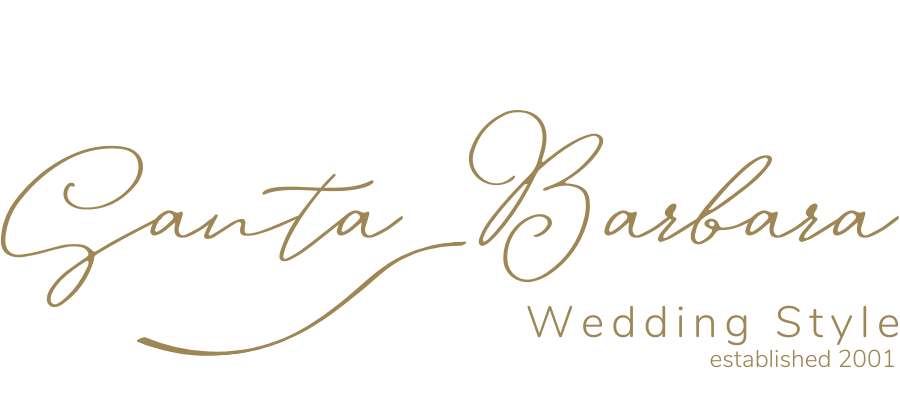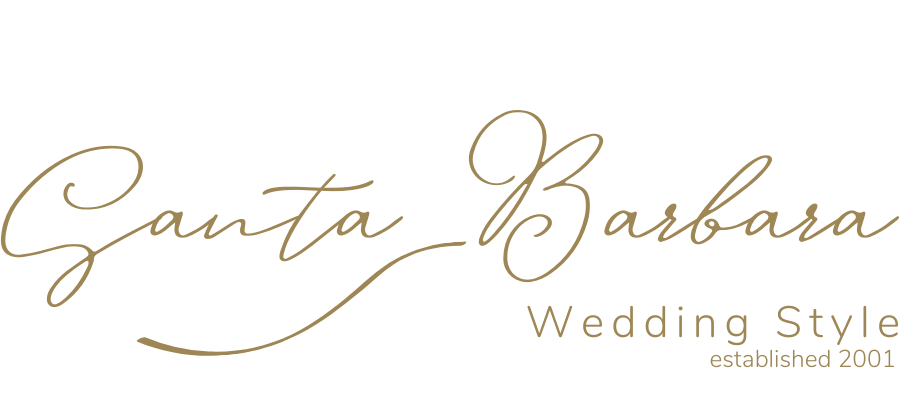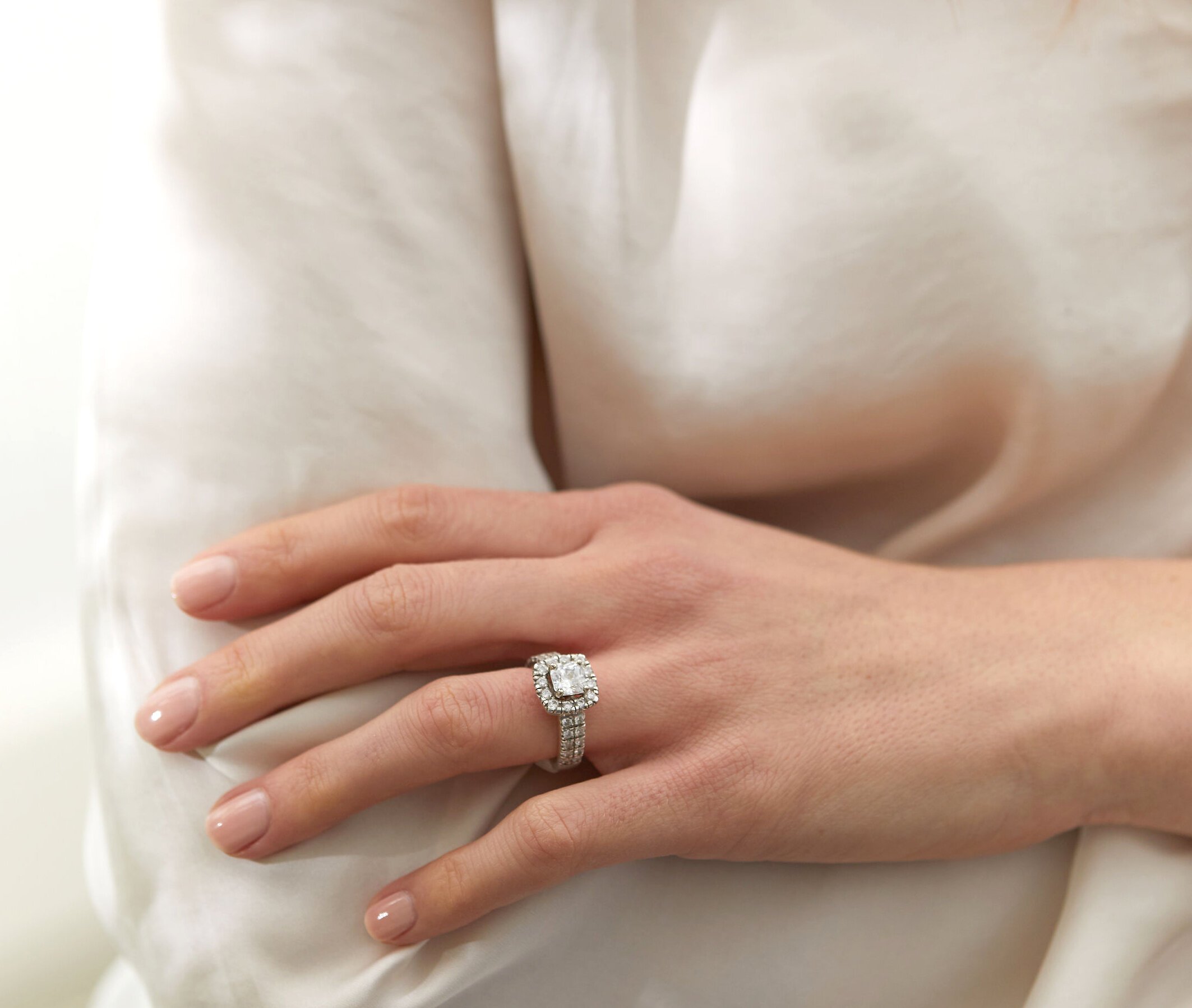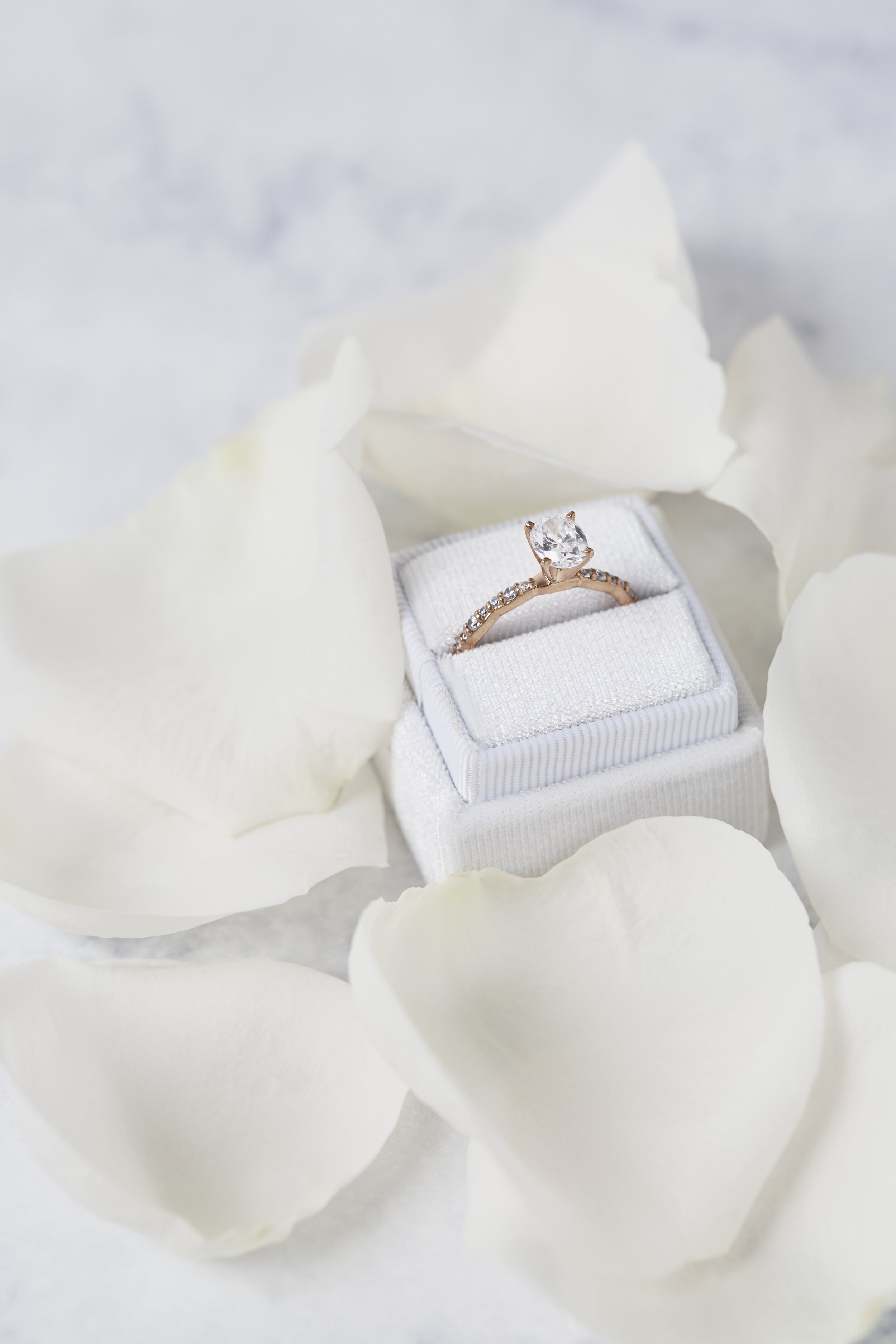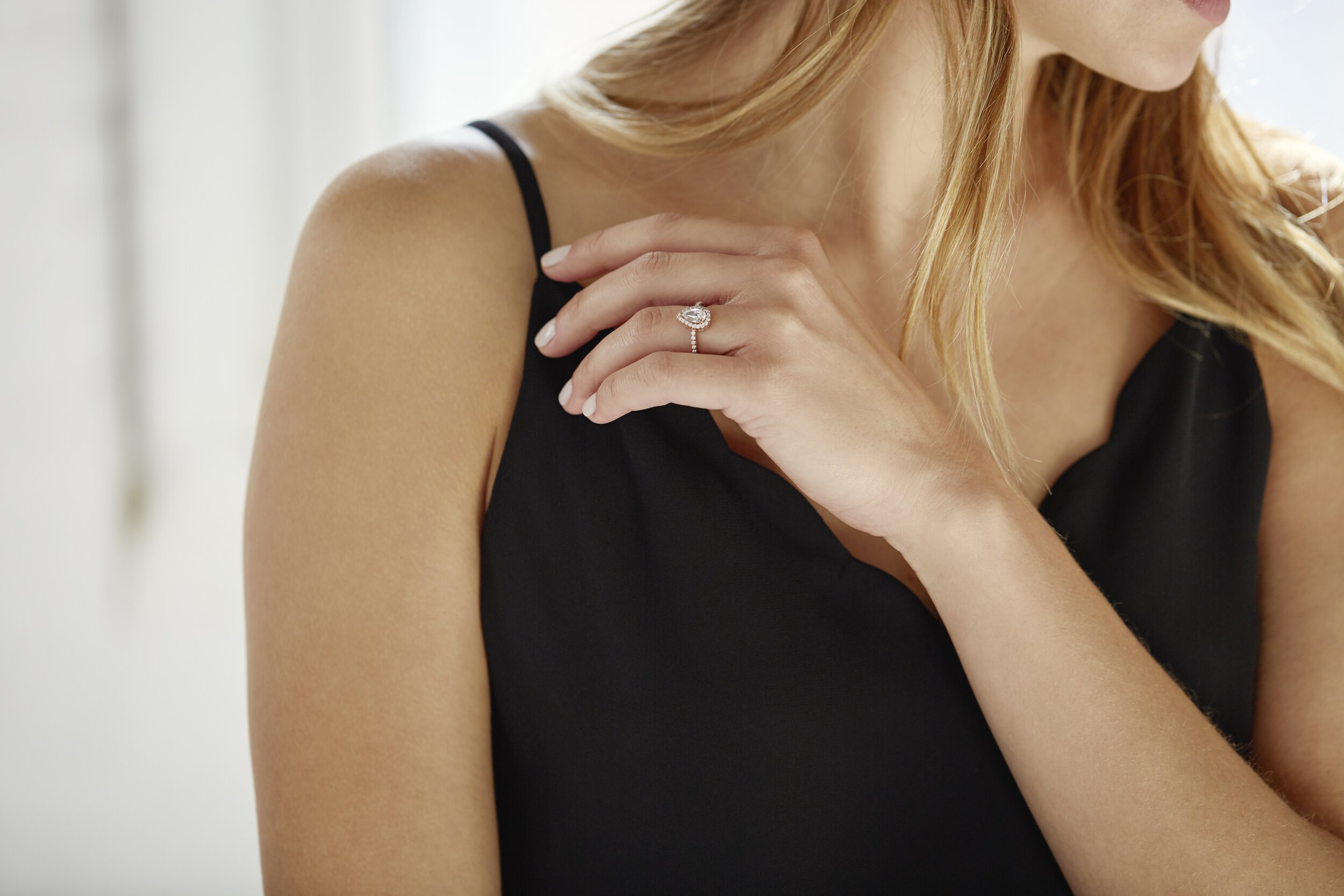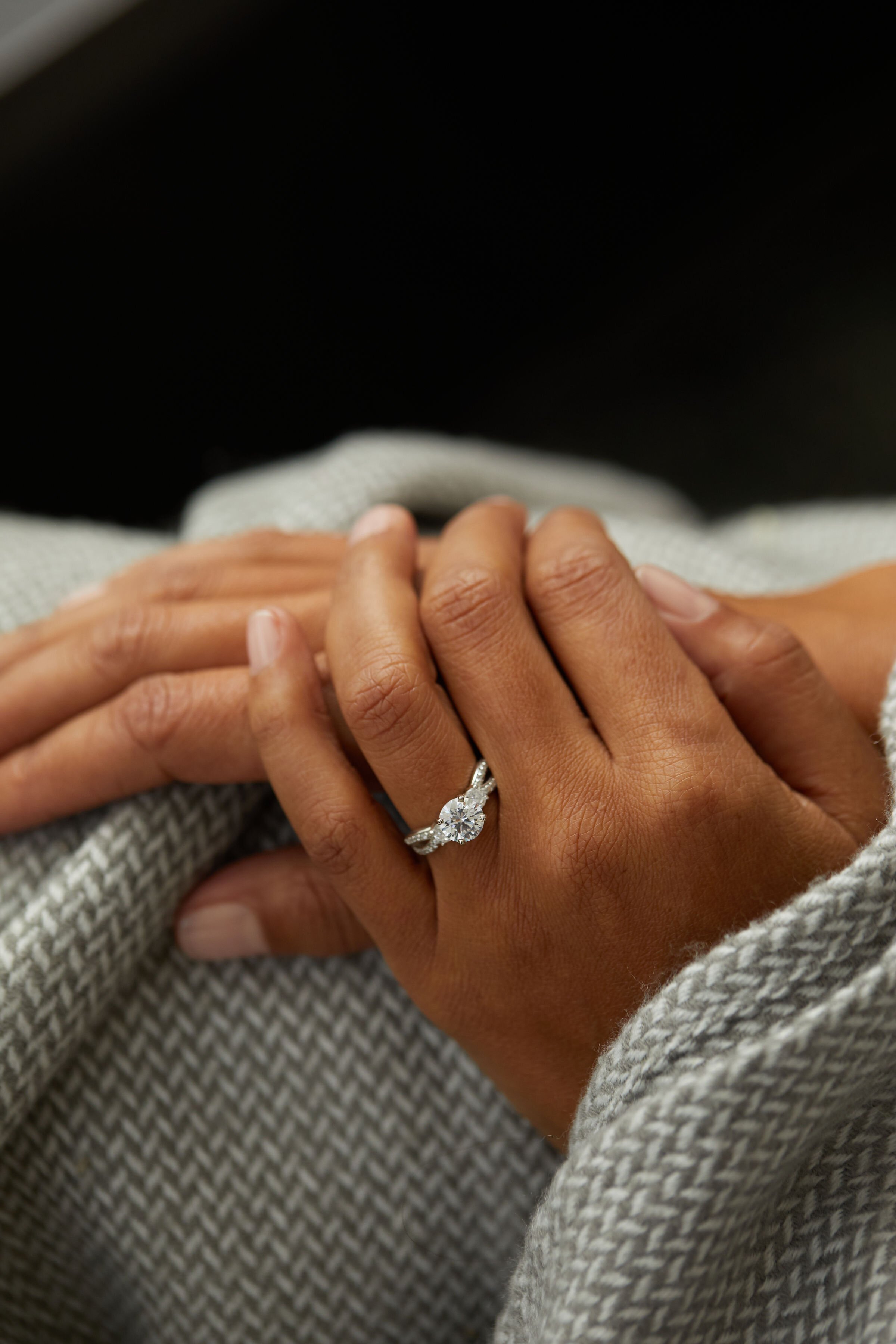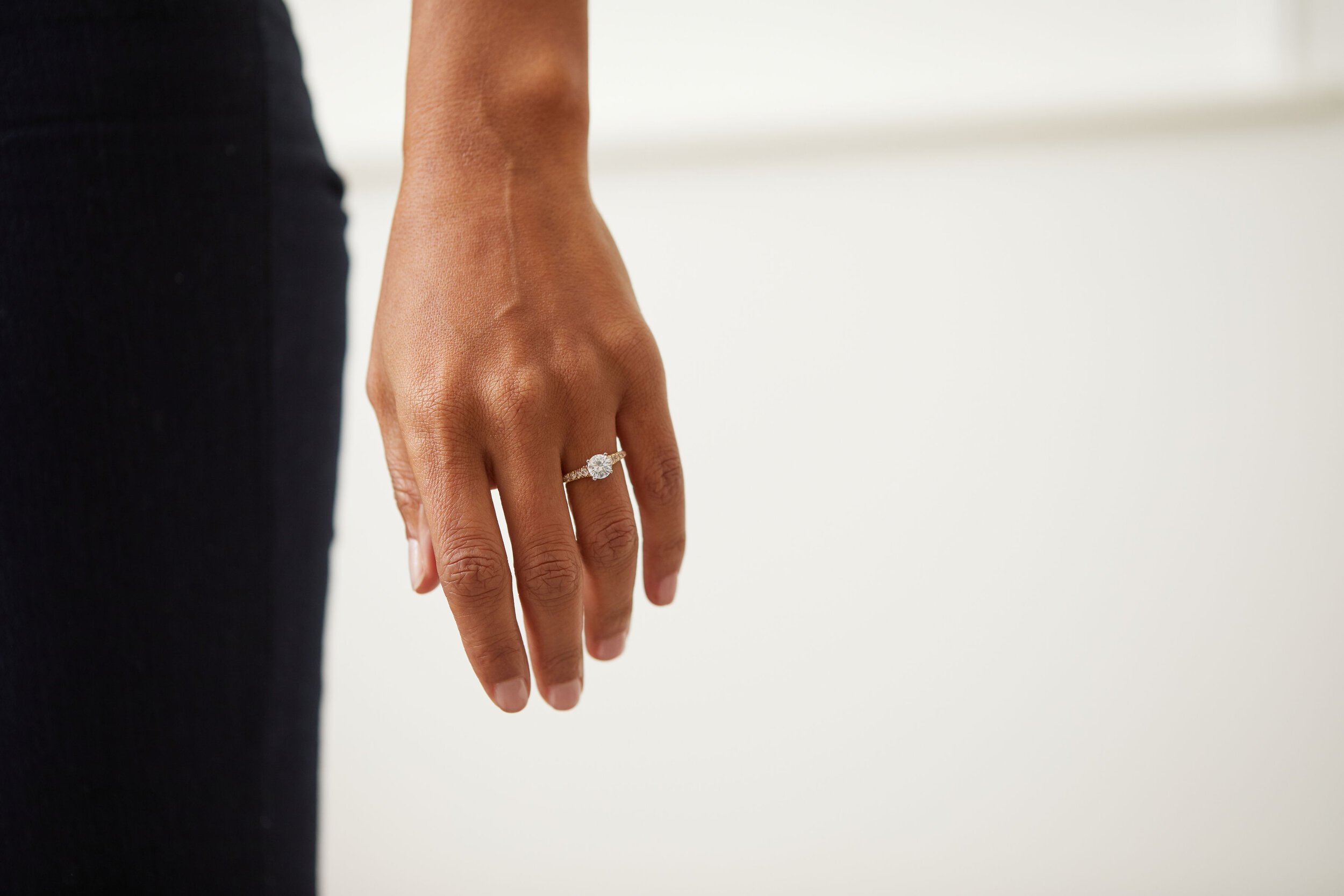Engagement Ring Shopping 101: A Step-by-Step Guide
You know what they say, 'diamonds are a girl's best friend'. Well, that can be a lot of pressure (no pun intended), and options to make it an eternal fit.
Perhaps, before 'popping the question' the biggest question is how you’re going to find the perfect engagement ring! From styles to metals, shapes to design, we’re giving you all the essential tips to ensure you choose a ring that is sure to shine for a lifetime together. Configure the perfect engagement ring the purest way with this step-by-step engagement ring shopping guide
1. Decide on the ring type
Before all else, you first have to decide what ring type you or your significant other even wants. Are they more traditional and searching for the quintessential diamond engagement ring? Have they done their research about mined diamonds and landed instead on the equal, but ethical alternative of lab-grown diamonds? Would they prefer a sustainable, preowned engagement ring? Are they super active and need something that they don’t have to worry about damaging? Or maybe a certain gemstone or diamond alternative holds a special place in their heart.
This decision is the bases for a lot of other decisions, such as where you’ll buy the ring, how long it will take to get made, etc.
2. Understand the 4 C’s
If you decide to go the most popular route with a diamond, it’s vital to understand the 4 C’s of diamonds, which you’ll have to specify when you purchase your stone. Since mined and lab-grown diamonds are physically and chemically identical, they are both graded using the same exact system, which is important to keep in mind if you’ve decided on either type of diamond. Let’s review each ‘C’ individually.
Cut: refers to the symmetry, proportion, and polish of the diamond and how it will return light, rather than the overall shape. If sparkle is important, getting a good cut grade is key.
Color: a diamond’s color really means a lack of color. Using an alphabetical scale starting at ‘D’ and going all the way to ‘Z’, the diamond color starts out as almost transparent and moves towards a yellowish-brown, as you go down the alphabet. It’s important to keep in mind that between D-F and G-I, diamond color variants are minimal. So diamond color is often a great place to hold back and save some money.
Clarity: relates to the existence of inclusions or surface defects in a diamond. As you’ve likely heard, no two diamonds are the same (not even lab-grown). That’s why each diamond has a varying level of flaws and inclusions that tell the story of how it was formed. As long as your diamond is eye clean (you cannot see blemishes without the use of a microscope), you should be set.
Carat: a measure of the diamond’s actual weight and is directly correlated with the overall price.
3. Pick your diamond shape
Once you’ve done all of your research, it’s time to put your new-found knowledge to work. But before you can narrow down your options, you’ll want to decide what shape to choose. The most common diamond shapes include round, oval, and cushion. However, there are tons of other options such as emerald, princess, marquise, and asscher. Although they all have their own benefits, diamond shape is truly a personal choice, with the most popular shape being the round brilliant. Here are some benefits to some of our favorite shapes:
Round: very popular, making it extremely easy to find a setting that will hold this shape
Oval: currently trending, the elongated shape of an oval helps to make your ring finger appear longer
Cushion: an excellent choice for halo settings, the cushion is a beautiful marriage between a round and princess
Emerald: a very bold option, the look of an emerald will be less sparkly like a round brilliant, but more like a gorgeous calm body of water — almost like a glimmering piece of glass.
Princess: this cut can often be less expensive, as it uses more of the uncut diamond than other shapes.
4. Choose the setting
Although picking out a diamond can be fun, the setting is really where you get to show off your (or your S/O’s) personality! From halo to vintage, the setting of your ring is what will hold your diamond in place and your options are pretty much endless. Here’s an easy guide to follow:
Solitaires: this is the most simplistic/minimalist route you can take. A solitaire setting is not adorned with any accent diamonds along the band or around the prongs. It is often just a metal band, sometimes with filigree or other metalwork.
Pavé: one step up from a solitaire is a pavé band, which features diamonds either partially or fully along the band. This setting gives off ultimate glamour, while still putting a lot of attention on the center stone.
Halo: if you’re searching for sparkle, a halo is the way to go. With a small circle of accent diamonds encircling your center stone, this setting makes your diamond appear much larger than it really is.
Vintage: inspired by the most popular designs of decades past, a vintage setting is perfect for the bride-to-be who wants to marry the classic styles of another era with a diamond or center stone from today.
This post is a Sponsored Post. Thank you for supporting the brands that support Santa Barbara Wedding Style.
